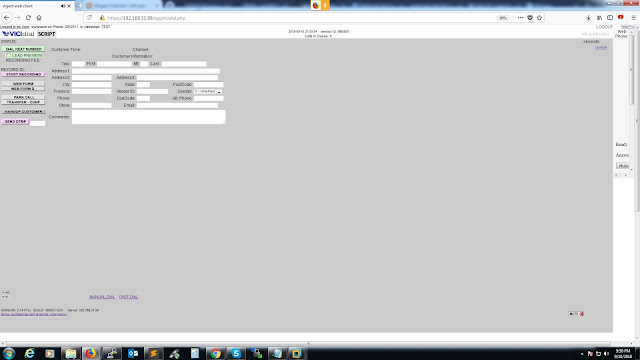1. Creating an Azure Account and Access Management:
- Signing up for an
Azure account.
- Configuring
multi-factor authentication (MFA) for enhanced security.
- Setting up Azure
Active Directory (AD) and managing users and roles.
2. Deploying Virtual Machines in Azure:
- Creating and
configuring virtual machines (VMs) in Azure.
- Selecting the
appropriate VM size and image.
- Connecting to the
VMs using remote desktop protocol (RDP) or SSH.
- Implementing VM
scale sets for autoscaling.
3. Building and Deploying Web Apps on Azure:
- Creating a web
app service in Azure.
- Deploying a web
application using Azure App Service.
- Configuring
custom domains and SSL certificates.
- Implementing
continuous deployment using Azure DevOps or GitHub Actions.
4. Implementing Azure Storage Solutions:
- Creating and
managing Azure Storage accounts.
- Uploading and accessing
files in Azure Blob Storage.
- Configuring Azure
Files for file sharing.
- Using Azure Table
Storage and Azure Queue Storage.
5. Setting Up and Managing Azure Virtual Networks (VNet):
- Creating a custom
VNet with subnets and network security groups (NSGs).
- Configuring
virtual network peering and virtual network gateways.
- Implementing
site-to-site or point-to-site VPN connections.
6. Deploying and Managing Containers with Azure Kubernetes
Service (AKS):
- Creating an AKS
cluster for container orchestration.
- Deploying
containerized applications using Kubernetes manifests.
- Scaling and
updating applications in AKS.
- Monitoring and
troubleshooting AKS deployments.
7. Implementing Azure Functions:
- Creating server
less functions using Azure Functions.
- Configuring
triggers and bindings for function execution.
- Integrating with
other Azure services, such as Azure Storage or Azure Event Grid.
- Monitoring and
logging Azure Functions.
8. Building and Deploying Machine Learning Models with Azure
Machine Learning:
- Creating an Azure
Machine Learning workspace.
- Developing and
training machine learning models using Azure ML.
- Deploying models
as web services for real-time predictions.
- Monitoring and
evaluating model performance.
9. Implementing Azure DevOps for CI/CD:
- Setting up Azure
DevOps projects and repositories.
- Creating build
and release pipelines for continuous integration and deployment.
- Configuring automated
testing and deployment environments.
- Integrating Azure
DevOps with Azure services and external tools.
10. Monitoring and Management with Azure Monitor:
- Configuring
Azure Monitor for collecting and analyzing metrics and logs.
- Creating and
configuring alert rules for proactive monitoring.
- Using Azure Log
Analytics for log management and querying.
- Visualizing data
using Azure Monitor dashboards.


0 comments:
Post a Comment